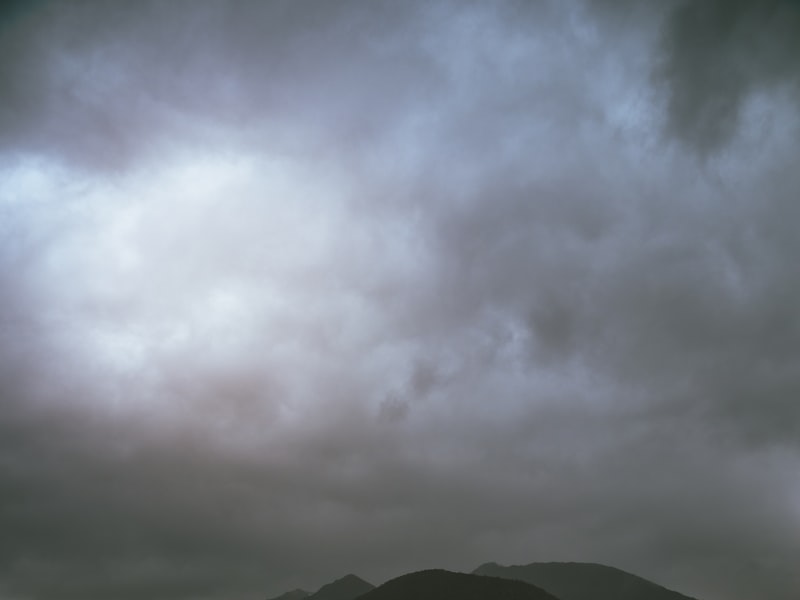Top Guidelines Of "Unpacking the Narrative in Pictory: What Stories Do Your Photos Tell?"

The Ethics of Pictorial Representation: When Does Photography Cross the Line?
Photography is a strong tool that can catch moments, tell stories, and impart emotions. However, the use and abuse of photography have elevated honest questions about how to balance the right to free of charge phrase along with the requirement to recognize personal privacy and dignity. In particular, some pictures have stimulated dispute because they portray vulnerable or graphic topic issue without permission or point to consider for those entailed. This raises the question: when does photography go across the collection?
One method to move toward this concern is to consider the moral principles that assist writing and film digital photography. According to The Society of Professional Journalists' Code of Ethics, professional photographers ought to "minimize injury" by preventing unnecessary intrusion right into private lives and preventing publishing pictures that could induce physical or emotional injury. They ought to also "find truth and state it" by giving accurate information about topics and celebrations.
Nevertheless, these guidelines are not constantly adhered to in method. For pictory , tabloid newspapers may publish paparazzi images of celebrities in jeopardizing situations without their authorization or issue for their well-being. In a similar way, some photojournalists may take photos of disagreement zones or organic calamities that reveal subjects to risk or humiliation without taking into consideration their point of views.
Yet another means to approach this problem is to think about how photographs can easily be made use of for political reasons. For instance, brainwashing images are typically utilized by authorities or other groups to adjust social point of view via psychological allures somewhat than accurate precision. These images might be staged or controlled in means that distort reality and provide a particular schedule.
Likewise, social media systems have created it simpler for people to generate and discuss images without expert training or moral tips. While this can promote better diversity of perspectives and artistic phrase, it additionally elevates problems about accountability for hazardous information.
In enhancement to these broader issues, there are numerous specific cases where photography has been phoned into concern on moral grounds. For example:
- Street photography: Some street freelance photographers take candid chances of people in social rooms without talking to for permission or taking into consideration their personal privacy. While some suggest that this is a legitimate type of imaginative expression, others claim that it may be invasive and disrespectful.
- War photography: Photographs of war can be strong tools for raising recognition regarding human suffering and prejudice. Having said that, they can easily also be unscrupulous or voyeuristic if they center on visuals physical violence or sensationalism somewhat than the wider situation.
- Personality photography: Paparazzi photos of famous people are commonly slammed for getting into their privacy and leading to emotional grief. Nonetheless, some say that famous personalities have decided on to live in the social eye and for that reason possess limited desires of privacy.
- Criminal offense scene photography: Pictures taken at crime scenes may give vital proof for investigations but may also be terrible for targets' families and insensitive to their self-worth.
- Animal photography: Photos of creatures in bondage or undertaking misuse may raise awareness concerning creature welfare problems but might additionally continue hazardous fashions or provide to pet exploitation.

In general, the values of descriptive depiction are complicated and varied. While there are actually standards and guidelines that professional photographers should comply with, there will regularly be gray places where various perspectives happen into problem. Ultimately, it is up to personal digital photographers to take into consideration the influence of their job on targets and viewers equally and make every effort to make use of digital photography as a force for great in the world.
